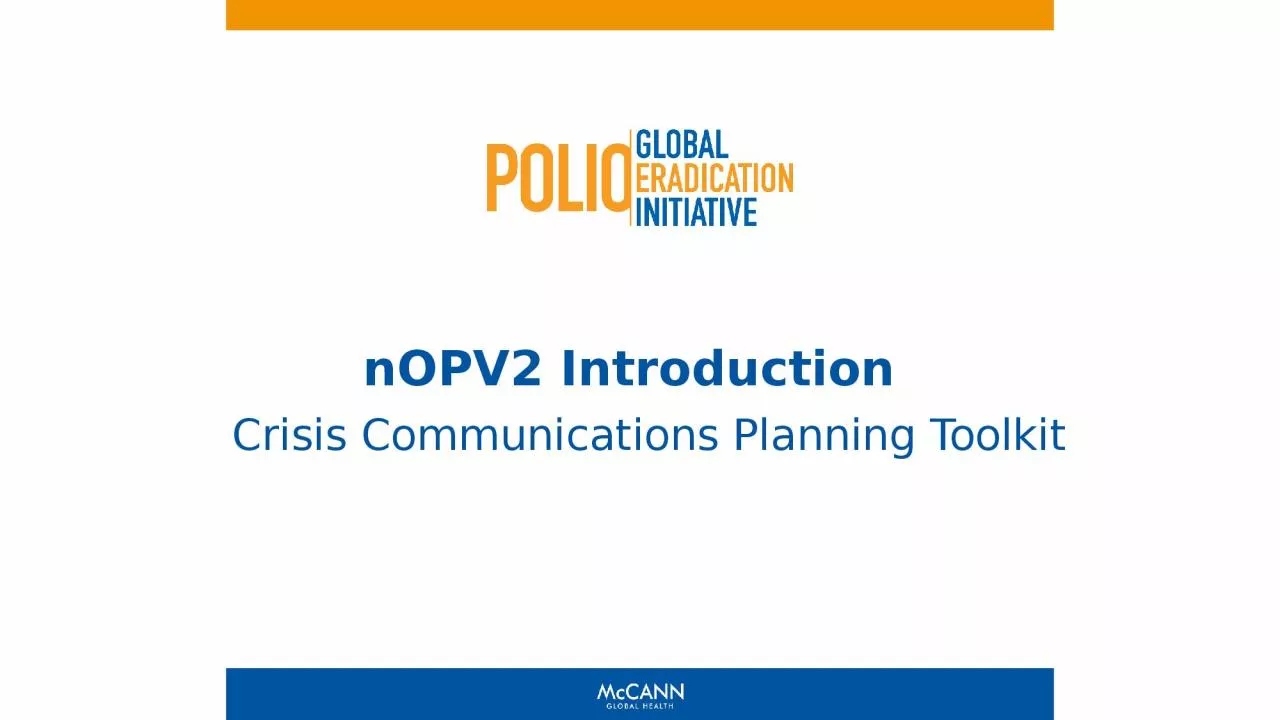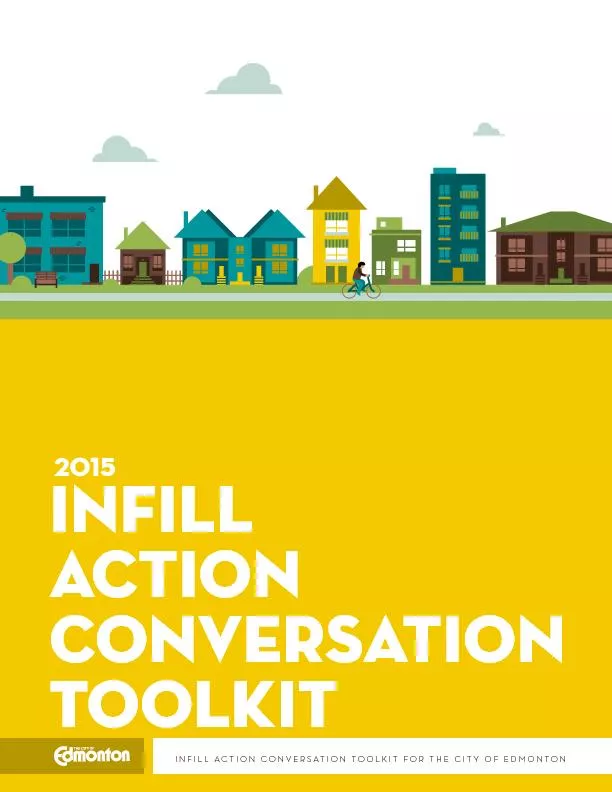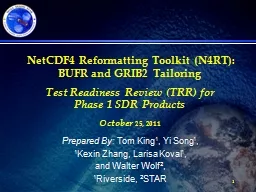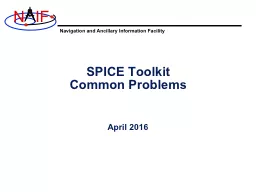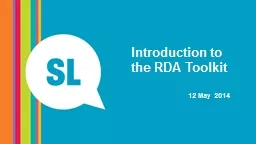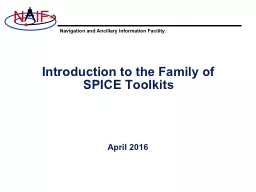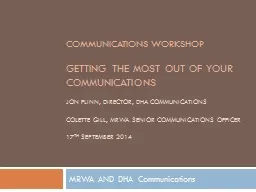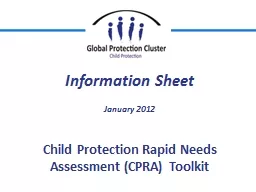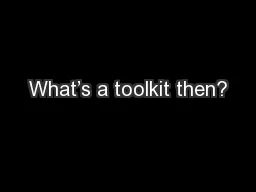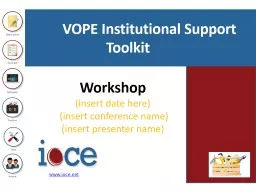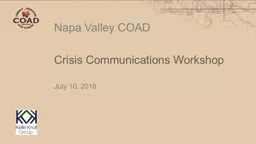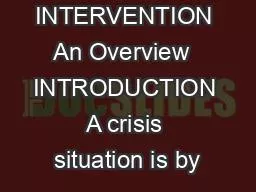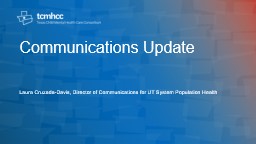PPT-nOPV2 Introduction Crisis Communications Planning Toolkit
Author : jovita | Published Date : 2023-09-25
This document is designed as a practical planning tool to help communications teams in nOPV2 rollout countries anticipate assess and respond to crises that could
Presentation Embed Code
Download Presentation
Download Presentation The PPT/PDF document "nOPV2 Introduction Crisis Communica..." is the property of its rightful owner. Permission is granted to download and print the materials on this website for personal, non-commercial use only, and to display it on your personal computer provided you do not modify the materials and that you retain all copyright notices contained in the materials. By downloading content from our website, you accept the terms of this agreement.
nOPV2 Introduction Crisis Communications Planning Toolkit: Transcript
Download Rules Of Document
"nOPV2 Introduction Crisis Communications Planning Toolkit"The content belongs to its owner. You may download and print it for personal use, without modification, and keep all copyright notices. By downloading, you agree to these terms.
Related Documents

